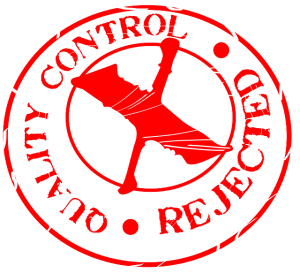 HISTORY
HISTORY
The 1970’s and 1980’s saw a growth in the number of nursing homes built and operated by what we know as the Charitable sector, or Not for Profit (NFP). Resulting in an explosion in the proposals for building new nursing homes and hostels. In the late 1970’s a deficit financing system was established, where Government would meet the deficits incurred in running of homes in the NFP sector. This resulted in more homes taking up the scheme, increasing by 54% by 1983.
As a result a new funding model was introduced in 1987. This was the Standard Aggregated Module (SAM), the Care Aggregated Module (CAM), Other Cost Reimbursed Expenditure Module (OCRE) and the Resident Classification Instrument (RCI).
At the same time was the introduction of the geriatric assessment teams which were the forerunners for the Aged Care Assessment Teams (ACAT) that are currently in place. Outcome standards were introduced in 1987 and respite care subsidies introduced in 1988.
In 1992 the Personal Care Assessment Instrument (PCAI) which was modelled on the RCI was introduced into hostels. Funding moved from the RCI to the Resident Classification Scale (RCS), which operated across both hostels and nursing homes. In 1990 a national plan for dementia care was funded.
In 1997 the Aged Care Act was introduced.
CAM (Care Aggregated Module)
These funds were provided to pay for the nursing and personal care of residents. CAM funding is provided at different levels for different residents based on the level of care each resident requires. Residents are classified according to their care needs using the Resident Classification Instrument (RCI). This places residents into one of five categories, with Category One residents requiring the most care, and Category Five residents requiring the least. More funding is provided for those residents with higher care needs. This removes the disincentive to admit residents with greater (and thus costlier) needs.
The audit process used by the Department of Health and Family Services to verify the expenditure of CAM is called validation.
Validation identifies any CAM funding not spent on care, and this was recovered by the Department. Hence at that time we see providers penalised for not utilising the RCI funding on direct care costs.
SAM (Standard Aggregated Module)
SAM funding is for non-nursing care costs, such as food, administration, and building maintenance. SAM funding was a uniform grant, with all nursing homes receiving SAM at the same rate. Unlike CAM, any unspent SAM funds are kept by the operator as profit or surplus. This provides an incentive for operators to reduce SAM costs, so that they can increase their surplus.
OCRE (Other Cost Reimbursed Expenditure)
These funds are provided to reimburse staff related costs such as superannuation, workers’ compensation and payroll tax. Nursing homes in each State receive OCRE at a rate based on the average costs of these staff-related expenses in their State. OCRE funds are also validated by the Commonwealth Department of Health and Family Services.
RESIDENT CONTRIBUTION
In addition, residents also contribute to their care costs. The standard contribution was 87.5% of the full single pension plus rent assistance. A small number of nursing homes have been allowed to charge above this rate in return for a higher level of services. These homes were called “exempt” homes, and they had to gain approval through a formal application process.
Aged Care Standards form part of the Corporate Governance Frameworks in place.
https://clinical-governance.com.au/corporate-governance/

